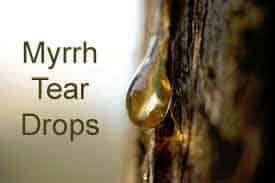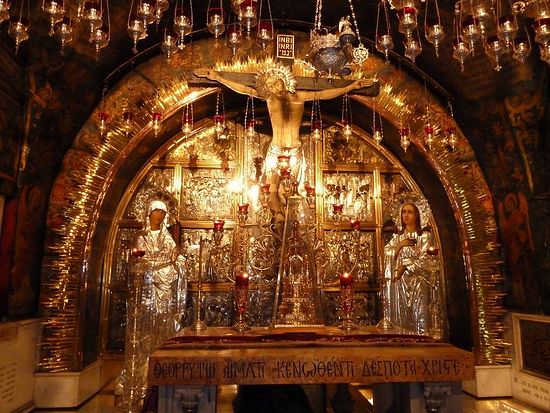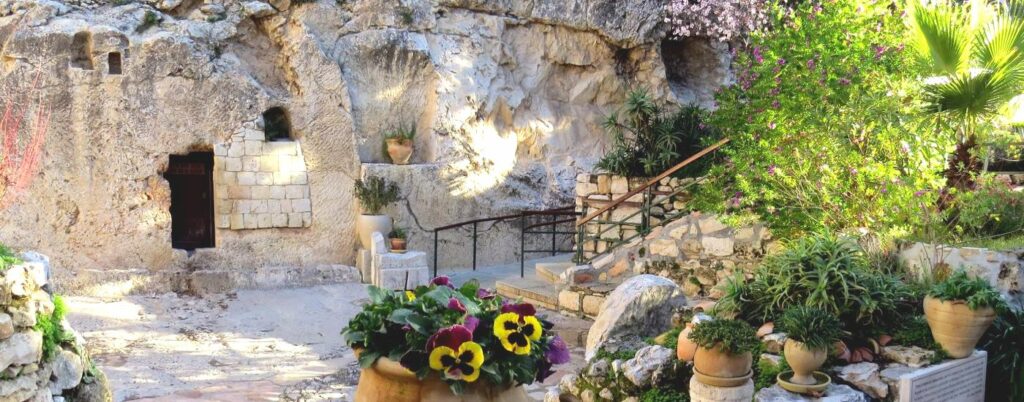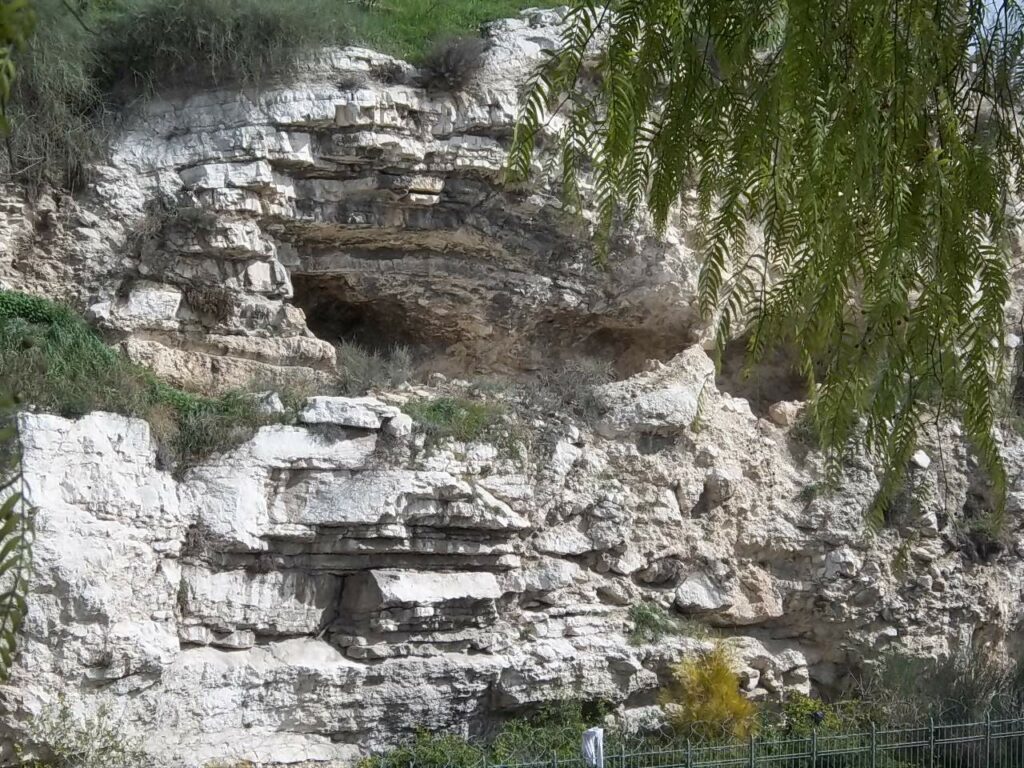This question is just for fun because these are legends that cannot be authenticated, but there may be some elements of truth in them. Here are some legends concerning what happened to both men.
One tradition is that, after the crucifixion, Joseph is said to have been sent by the Apostle Philip to Britain, with other disciples, and settled at Glastonbury, in southern Britain. He supposedly had already been familiar with this area because he formerly had been a merchant of tin that was dug from the mines located here and was therefore familiar with the Jewish settlements located in the area. He erected the first Christian house of prayer in England, which was replaced by the abbey that exists in Glastonbury to this day.
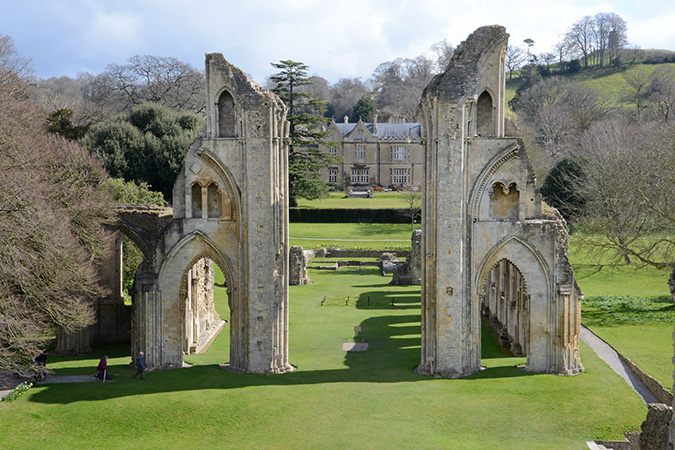
Glastonbury Abbey
Many other stories and legends have arisen regarding Joseph of Arimathea being in England. Because Joseph was from the royal lineage of King David (through David’s son, Nathan), Joseph and his family were also considered royalty in England and Joseph’s descendants eventually became a part of the King Arthur of Camelot story and the English royalty of today, all claiming to be descendants of King David.

Camelot
It is also said that when Joseph led his small new congregation in partaking of communion and read, “Whoso eateth my flesh, and drinketh my blood, hath eternal life and … This cup is the new testament in my blood” (John 6:54, 1 Cor 11:25), some misunderstood what he said and they thought that he was referring to the actual cup that Joseph was holding and that he had actually collected the blood of Jesus in it while Jesus was on the cross. They concluded that if anyone drank from that physical cup, he would have eternal life. This began the legend of the Holy Grail.
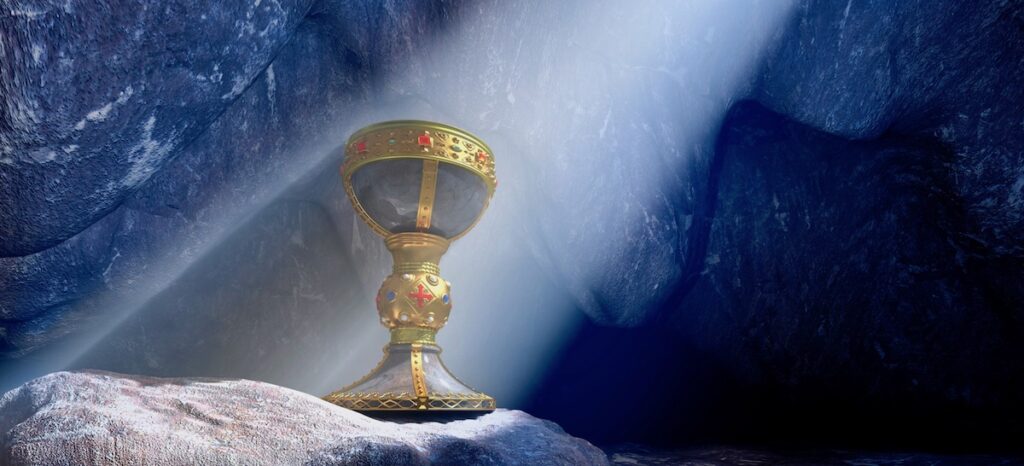
The legend of the Holy Grail
According to St John Chrysostom, (347-407 CE), Joseph of Arimathaea was one of the 70 apostles appointed in Luke 10.
Another legend is that shortly after Jesus’ crucifixion, Pontius Pilate returned to Italy and retired in the far northern regions of Italy, known today as Switzerland. There, next to Lake Lucerne is a mountain known as Mt. Pilatus, where it was reported that Pilate lived out the remainder of his days.

Mt. Pilatus in Lucern, Switzerland
Legend has it that at night when the wind blows through the trees on the mountain, you can still hear Pilate moaning because he allowed the Son of God to be crucified and regretted it for the rest of his life. I’ve been there. I’ve heard the wind and it does sound like someone moaning! :-)!








